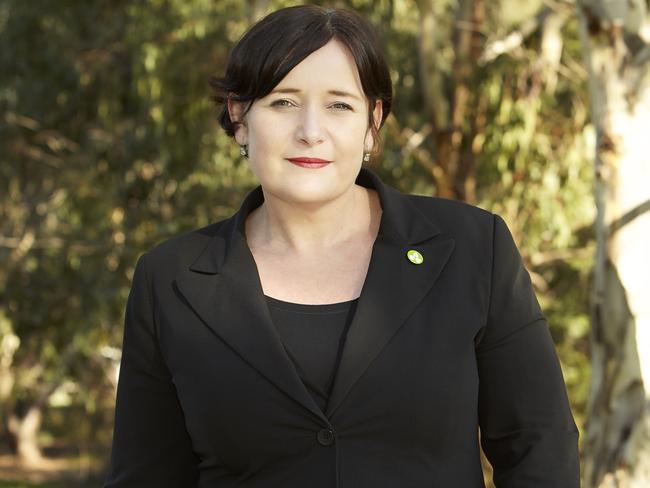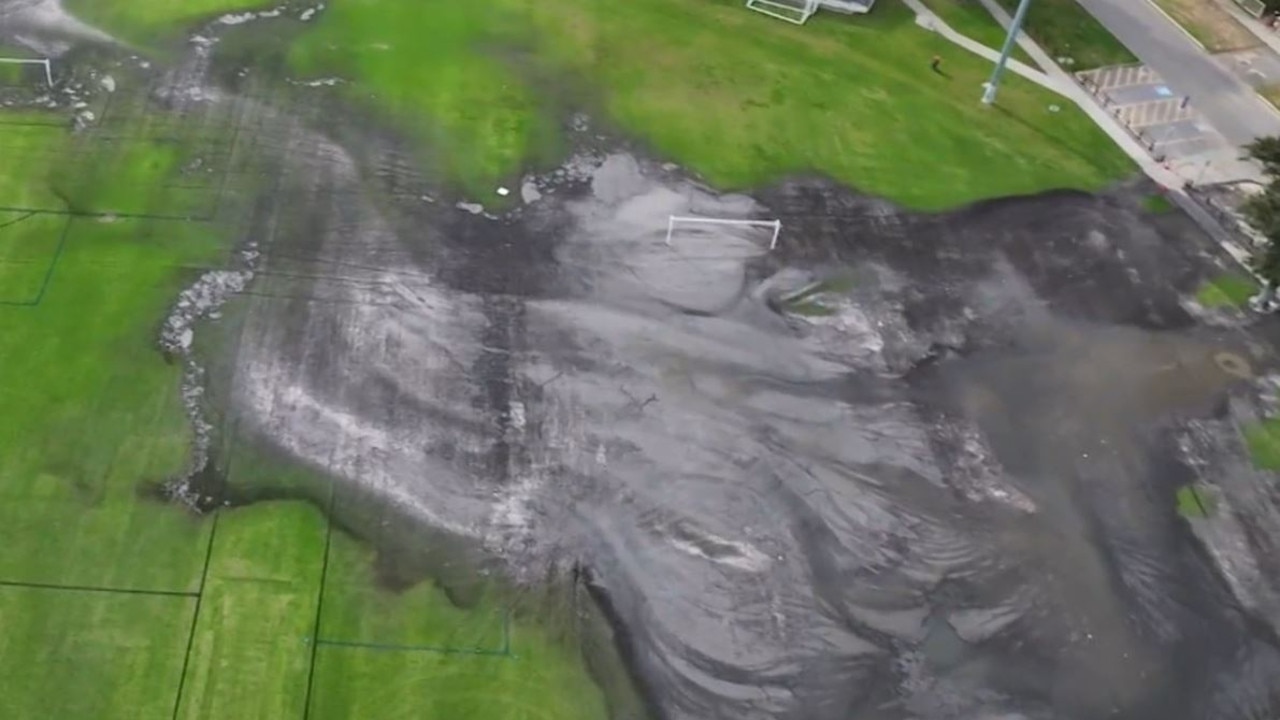400k Australian clean energy export jobs: How they can be created
Australia could create hundreds of thousands of clean energy export jobs and $89 billion in new trade. Here’s what’s needed to make it happen.
Australia could create almost 400,000 jobs in clean energy exports in just two decades, an unlikely coalition of business, unions and conservation groups has found.
Research released by the Business Council of Australia, the Australian Council of Trade Unions (ACTU), World Wide Fund for Nature (WWF) Australia and the Australian Conservation Foundation has found there is potential for 395,000 clean export jobs and $89 billion in new trade by 2040.
The analysis from Accenture finds that Australia’s largest clean export opportunities are in renewable hydrogen and ammonia, green metals, critical minerals, battery manufacturing, education and engineering.

The group has called on the government to implement a five key steps to make this happen:
*Co-ordinated investment in seven clean export precincts
*A $10 billion co-investment in new industries – to support flagship projects and
accelerate the scale-up of existing industries
*A $5 billion fund for workers and regions to manage the disruption to
regional economies and workers dependent on carbon-intensive industries
*Support for low-carbon materials in major infrastructure projects – to boost domestic
demand, support new manufacturing capacity and lay foundations for exports
*An interim target of six gigawatts of hydrogen and three green metal plants by 2027.
Australian Conservation Foundation chief executive Kelly O’Shanassy said there needed to be a rapid shift away from fossil fuel exports but this need not hurt the economy.
“The good news is Australia can replace and grow the revenue and jobs from coal and gas exports with clean exports,” Ms O’Shanassy said.
“As the world moves away from coal and gas, Australia can retain our mantle as an energy
export superpower with critical minerals, renewable energy and green steel, hydrogen and
aluminium.”
Business Council of Australia chief executive Jennifer Westacott said Australia’s biggest trading partners were already moving to clean exports and Australia needed to respond.
“Acting now puts us in the box seat to take advantage of our world class skills, abundant resources and proximity to markets to secure existing jobs and create new ones,” Ms Westacott said.
“Reaching net-zero emissions by 2050 must be done in a way that harnesses Australia’s abundant natural resources to boost exports, drives investment in new technologies and delivers a stronger economy with more jobs.”
Originally published as 400k Australian clean energy export jobs: How they can be created



